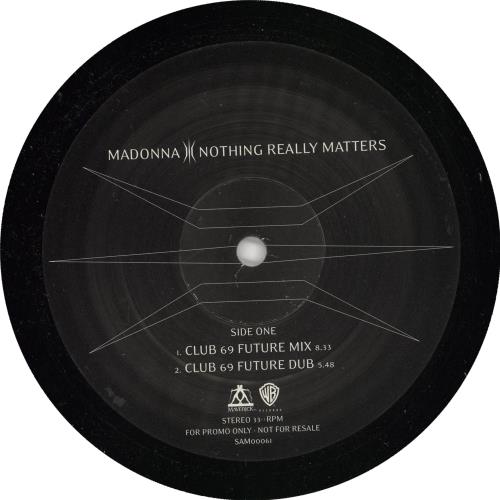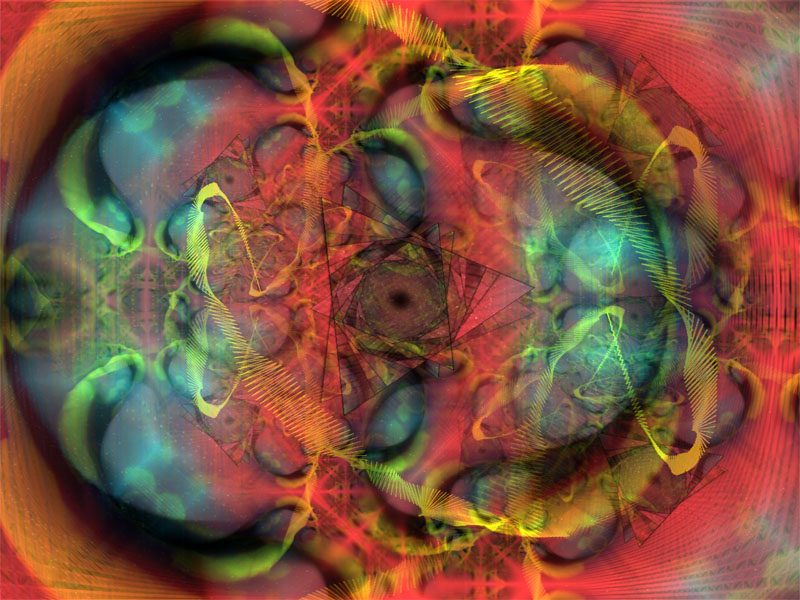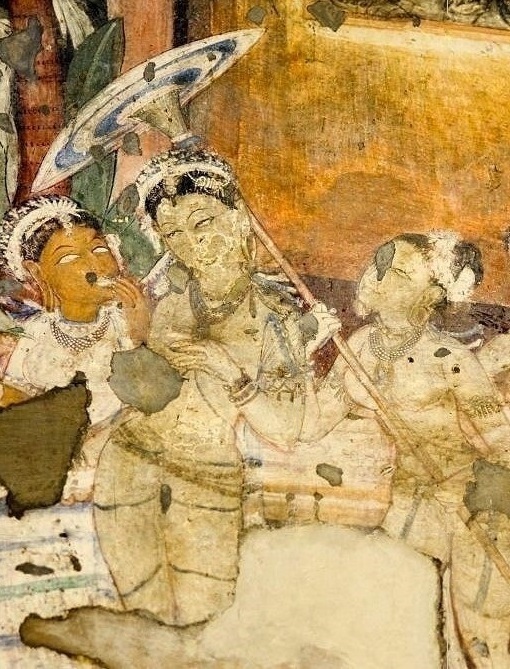|
Tsubasa (Alice Nine Song)
"Tsubasa" (typeset as ''TSUBASA.'') is the 10th physical single and 11th overall maxi single from Alice Nine. It was released on October 24, 2007. The single was released in three versions: two limited editions and one regular edition. The limited editions include the songs "Tsubasa" and "Ruri no Ame" and a DVD; the DVD for Type A includes the music video for "Tsubasa," and the DVD for Type B includes the music video for "Ruri no Ame." The regular edition does not include a DVD but features a bonus track, "Follow Me." In the weeks preceding the single's release, both music videos featured on the single were broadcast on television in Japan, such as on Music On! TV. In Japan, it peaked at #6 on the Oricon charts, which was the band's highest ever rank on a mainstream music chart at the time. Track listing Version 1 (promotional CD) #"Tsubasa" – 4:59 (''Wings'') #"Ruri no Ame" – 4:23 (瑠璃の雨 ''Lapis Lazuli Rain'') #"Tsubasa" Music Video Version 2 (CD) #"Tsubasa" – 4:5 ... [...More Info...] [...Related Items...] OR: [Wikipedia] [Google] [Baidu] |
Alice Nine
is a Japanese visual kei rock band formed in Tokyo in 2004. They were a part of PS Company until 2014. The band had King Records as its record label until 2010, when they joined Tokuma Japan. Then, in 2013, the band joined Universal Music Group's Nayutawave Records. They shortened their name to A9 in 2015, but switched back to Alice Nine in 2019. Alice Nine has released six full-length records, some of which were distributed in Europe by CLJ Records, along with several EPs, singles, and DVDs. History 2004–2006: Conception and early work In August 2004, Alice Nine formed after the disbandment of the band Givuss, and the band's vocalist, Shou, and guitarist Tora continued on to search for members to form a new band. Saga, the bassist for the band Delta Ark, and Nao, drummer for the bands Fatima and RusH, were also seeking bandmates as well, and the four members eventually joined. Hiroto was the last member to join after Shou, Tora, Saga, and Nao spotted him at a performance ... [...More Info...] [...Related Items...] OR: [Wikipedia] [Google] [Baidu] |
Pop Rock
Pop rock (also typeset as pop/rock) is a fusion genre with an emphasis on professional songwriting and recording craft, and less emphasis on attitude than rock music. Originating in the late 1950s as an alternative to normal rock and roll, early pop rock was influenced by the beat, arrangements, and original style of rock and roll (and sometimes doo-wop). It may be viewed as a distinct genre field rather than music that overlaps with pop and rock. The detractors of pop rock often deride it as a slick, commercial product and less authentic than rock music. Characteristics and etymology Much pop and rock music has been very similar in sound, instrumentation and even lyrical content. The terms "pop rock" and "power pop" have been used to describe more commercially successful music that uses elements from, or the form of, rock music. Writer Johan Fornas views pop/rock as "one single, continuous genre field", rather than distinct categories. To the authors Larry Starr and Chri ... [...More Info...] [...Related Items...] OR: [Wikipedia] [Google] [Baidu] |
Free-Will
is a Japanese independent record label founded in 1986 by Color vocalist Hiroshi "Dynamite Tommy" Tomioka, with branches predominantly in Japan and the United States, as well as previously in Europe. It also continues to co-manage many of its artists after they have signed recording contracts with a major record label. Free-Will along with Extasy Records are credited with helping to spread the visual kei movement. Free-Will also produced the 2001 anime adaptation of the long running manga series ''Grappler Baki''. Sub-divisions The company operates several sub-divisions, some of them for a single band or purpose only. For example, ''Firewall Div.'' solely handles material which is released in collaboration with Sony Music. Under Sony Music * ''Back Coat'' – 12012 * ''Firewall Div.'' – Dir en grey, Merry * ''Lizard'' – Kagerou Under King Records * ''PS Company'' – Kra ** ''Indie PSC'' – Born * ''S'Cube'' – Baroque, Eile de Mu, Puppet Mammy, Ruvie, Tokyo Micha ... [...More Info...] [...Related Items...] OR: [Wikipedia] [Google] [Baidu] |
White Prayer
"White Prayer" is the 9th physical single and 10th overall maxi single from Alice Nine. It was officially released on June 6, 2007. The single was released in two versions: a limited edition and a regular edition. The limited edition features two songs, "White Prayer" and "Stray Cat," as well as a DVD with the music video for "White Prayer." The regular edition does not include the DVD but features a bonus track, "The Last Empire." White Prayer is also one in four songs to be included in Alice Nine's second album ''Alpha'' and was released November 28, 2007. White Prayer peaked at #11 on the Japan Japan ( ja, 日本, or , and formally , ''Nihonkoku'') is an island country in East Asia. It is situated in the northwest Pacific Ocean, and is bordered on the west by the Sea of Japan, while extending from the Sea of Okhotsk in the north ...ese ''Oricon'' weekly charts, and peaked at #12 on the daily ''Oricon'' charts. Track listing Version 1 (CD and DVD) #"WHITE PRAYER" ... [...More Info...] [...Related Items...] OR: [Wikipedia] [Google] [Baidu] |
Mirror Ball (song)
"Mirror Ball" (typeset as MIRROR BALL) is a single by Alice Nine, released on March 26, 2008. The title track is the theme song of the live-action adaption of collectible card game and anime ''Aquarian Age'' (specifically, one of the stories, ''Juvenile Orion''), in which the band also appears. The single was released in three versions: two limited editions and one regular edition. The limited editions contain a second B-side, "Kiseki," and an additional DVD with a single music video. The DVD for Type A includes the music video for "Mirror Ball," and the DVD for Type B includes the music video for "Eraser -Memoire d'une Fleur-." The song "Eraser -Memoire d'une Fleur-" is a remade version of the song "Eraser" (イレイザー) from the band's ''Alpha'' album. The song "Mirror Ball" was later rearranged with piano accompaniment for the band's third album, ''Vandalize.'' The single reached #6 on the Oricon weekly rankings, selling 13,801 copies in its first week. Development hist ... [...More Info...] [...Related Items...] OR: [Wikipedia] [Google] [Baidu] |
Maxi Single
A maxi single or maxi-single (sometimes abbreviated to MCD or CDM) is a music single release with more than the usual two tracks of an A-side song and a B-side song. The first maxi singles Mungo Jerry's first single, "In the Summertime" was the first maxi single in the world. The term came into wide use in the 1970s, where it usually referred to 7-inch vinyl singles featuring one track on the A-side and two on the B-side. The 1975 reissue of David Bowie's "Space Oddity", where the featured song is coupled with "Changes" and "Velvet Goldmine", is a typical example. By the mid-1970s, it was used to refer to 12" vinyl singles with three or four tracks (or an extended or remixed version of the lead single/song) on the A-side, with an additional two or three tracks on the B-side; the B-side was initially used by DJs. Later, in the 1980s, a typical practice was to release a two-song single on 7" vinyl and cassette, and a maxi-single on 12" vinyl. These first 12" maxi-singles were prom ... [...More Info...] [...Related Items...] OR: [Wikipedia] [Google] [Baidu] |
Lowres Screenshot Tsubasa
RESFEST (1996–2006) is a defunct American film festival. It was by the 2000s the most prominent digital film festival in North America. History RESFest was a leading global showcase of new digital filmmakers alongside England's Onedotzero festival. The festival toured the world and in 2005 travelled to 35 cities in the USA, Canada, UK, Japan, Australia, Brazil and in various cities in Europe, Asia and Africa. A large part of the festival's latter content focused on cutting-edge music videos and short films, and directors like Michel Gondry, Spike Jonze, Chris Cunningham and Jonathan Glazer all had their catalogs of work showcased at RESFEST over its 10-year run. The film festival was founded and directed by Jonathan Wells after the dissolution of the Low Res Digital Film Festival which he had previously co-founded. Low Res Digital Film Festival first took place in October 1995 at an art gallery in San Francisco’s SoMa district. Founded by Wells and Bart Cheever, the ... [...More Info...] [...Related Items...] OR: [Wikipedia] [Google] [Baidu] |
Music Visualization
Music visualization or music visualisation, a feature found in electronic music visualizers and media player software, generates animated imagery based on a piece of music. The imagery is usually generated and rendered in real time and in a way synchronized with the music as it is played. Visualization techniques range from simple ones (e.g., a simulation of an oscilloscope display) to elaborate ones, which often include a number of composited effects. The changes in the music's loudness and frequency spectrum are among the properties used as input to the visualization. Effective music visualization aims to attain a high degree of visual correlation between a musical track's spectral characteristics such as frequency and amplitude and the objects or components of the visual image being rendered and displayed. Definition Music visualization can be defined, in contrast to previous existing pre-generated music plus visualization combinations (as for example music videos), by its ... [...More Info...] [...Related Items...] OR: [Wikipedia] [Google] [Baidu] |
Tatami
A is a type of mat used as a flooring material in traditional Japanese-style rooms. Tatamis are made in standard sizes, twice as long as wide, about 0.9 m by 1.8 m depending on the region. In martial arts, tatami are the floor used for training in a dojo and for competition. Tatami are covered with a weft-faced weave of (common rush), on a warp of hemp or weaker cotton. There are four warps per weft shed, two at each end (or sometimes two per shed, one at each end, to cut costs). The (core) is traditionally made from sewn-together rice straw, but contemporary tatami sometimes have compressed wood chip boards or extruded polystyrene foam in their cores, instead or as well. The long sides are usually with brocade or plain cloth, although some tatami have no edging. History The term ''tatami'' is derived from the verb , meaning 'to fold' or 'to pile'. This indicates that the early tatami were thin and could be folded up when not used or piled in layers.Kodansha Encyclope ... [...More Info...] [...Related Items...] OR: [Wikipedia] [Google] [Baidu] |
Shōji
A is a door, window or room divider used in traditional Japanese architecture, consisting of translucent (or transparent) sheets on a lattice frame. Where light transmission is not needed, the similar but opaque ''fusuma'' is used (oshiire/closet doors, for instance). Shoji usually slide, but may occasionally be hung or hinged, especially in more rustic styles. Shoji are very lightweight, so they are easily slid aside, or taken off their tracks and stored in a closet, opening the room to other rooms or the outside. Fully traditional buildings may have only one large room, under a roof supported by a post-and-lintel frame, with few or no permanent interior or exterior walls; the space is flexibly subdivided as needed by the removable sliding wall panels. The posts are generally placed one ''tatami''-length (about 2 m or 6 ft) apart, and the shoji slide in two parallel wood-groove tracks between them. In modern construction, the shoji often do not form the exterior s ... [...More Info...] [...Related Items...] OR: [Wikipedia] [Google] [Baidu] |
Shamisen
The , also known as the or (all meaning "three strings"), is a three-stringed traditional Japanese musical instrument derived from the Chinese instrument . It is played with a plectrum called a bachi. The Japanese pronunciation is usually but sometimes when used as a suffix, according to regular sound change (e.g. ). In Western Japanese dialects and several Edo period sources, it is both written and pronounced as . The construction of the varies in shape, depending on the genre in which it is used. The instrument used to accompany kabuki has a thin neck, facilitating the agile and virtuosic requirements of that genre. The one used to accompany puppet plays and folk songs has a longer and thicker neck instead, to match the more robust music of those genres. Construction The is a plucked stringed instrument. Its construction follows a model similar to that of a guitar or a banjo, with a neck and strings stretched across a resonating body. The neck of the is fret ... [...More Info...] [...Related Items...] OR: [Wikipedia] [Google] [Baidu] |
Oil Paper Umbrella
An oil-paper umbrella (, ) is a type of paper umbrella that originated in China. It subsequently spread across several East, South and Southeast Asian countries such as Japan, Malaysia, Myanmar, Bangladesh, India, Sri Lanka, Thailand and Laos, where it has been further developed with different characteristics. Other than the purpose of providing shade, oil-paper umbrellas are also traditional wedding items. In traditional Chinese and Japanese weddings, the matron of honor would cover the bride with a red oil-paper umbrella upon arrival to ward off evil spirits. Purple umbrellas are a symbol of longevity for elders, while white umbrellas are used in funerals. Oil-paper umbrellas are also used as props in Japanese traditional dances and tea ceremonies. In the early Hakka society, two umbrellas were usually given as dowry, due to the "paper" () and "child" () homonym in the language ( Pha̍k-fa-sṳ: ), symbolizing a blessing for the woman to "give birth to a son soon", a prop ... [...More Info...] [...Related Items...] OR: [Wikipedia] [Google] [Baidu] |






